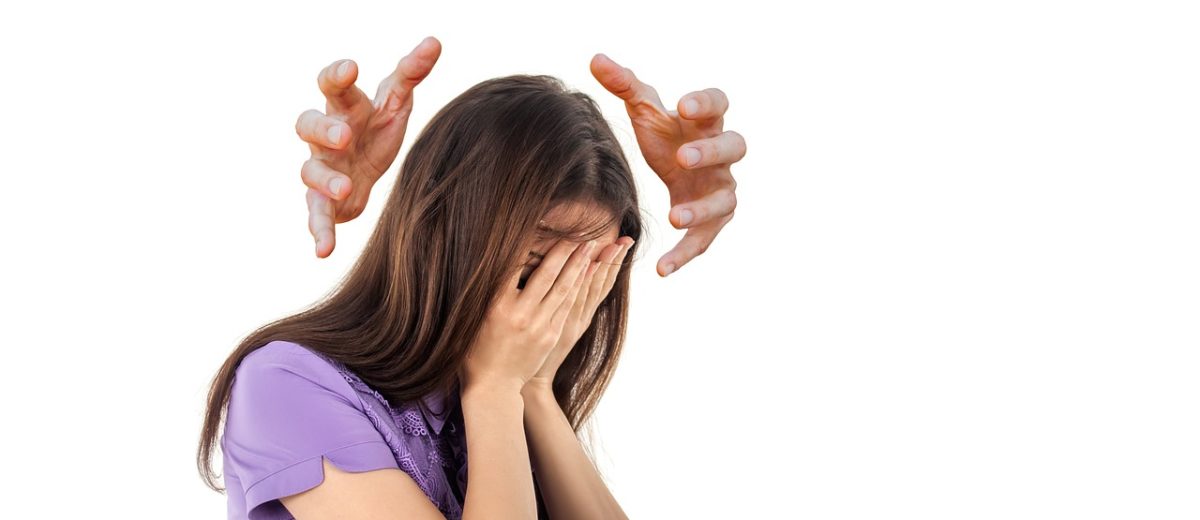Bloodletting might not be the first thing you’d think of as a modern treatment for psoriasis, but research suggests that it may be able to help.
Psoriasis often involves chronic pain, and is not a nice condition to have. Genetics play a big role, and it’s now recognised as an immune disorder. Triggers for a new flareup can be as minor as small cuts or scrapes, infections or cold weather. New biological therapies have proved to be a powerful help for many people suffering with psoriasis, but sadly not everyone’s psoriasis has responded well.
Medicinal bleeding
Bloodletting, or medicinal bleeding is part of traditional Chinese medicine, like acupuncture, cupping and moxibustion. Less research has been done for this therapy than for some of those other techniques, so it’s not that often that i come across relevant research that reaches the level that I can share it with you. So I was interested to come across a study looking at the effectiveness of medicinal bleeding for psoriasis.
Wet cupping
Traditional Chinese medicinal bleeding can be performed in various ways, but this study looked at wet cupping. This is where we make small incisions in the skin and then use a cup to create a vaccum and draw out a small amount of blood. When I do wet cupping, I use automatic lancets like people with diabetes use, which generally gives a sensation more of pressure than of any pain. I use fully disposable cups for this, for hygeine and infection control.
In traditional Chinese medical theory, this helps to release some toxicity along with the blood, and makes space for fresh blood to move into the tissues, promoting your body’s flow of Qi and blood. This explanation does not have scientific evidence to support it so far, but what research has been able to look at is the results of treatment. Does bloodletting help psoriasis?
Research results
In 2023 a team did a systematic review and metanalysis of the studies of medicinal bleeding for psoriasis, which means they took a close look at all of the available studies on this topic. They whittled them down to 10 studies with 833 patients. They looked at Psoriasis Area and Severity Index (PASI), adverse effects, and the Dermatology Life Quality Index (DLQI), and found:
“Bloodletting cupping combined with conventional treatment can achieve the ideal treatment for psoriasis. However, the combined treatment in psoriasis needs to be further evaluated in high-quality RCTs with large sample sizes to enable future studies in clinical use.”
“We found no significant difference in adverse reactions.”
2023 systematic review and metanalysis of the studies of medicinal bleeding for psoriasis
As is common in medical research, they also noted limitations in the research performed so far, and encouraged further studies with large samples to improve the confidence of this result.
Get in touch
So if you continue to suffer with psoriasis, and would like to try medicinal bleeding to see if it may help, just get in touch.
Reference
Ma, X., Li, D., Zhao, M., He, J., Yang, F., & Kong, J. (2023). Bloodletting cupping combined with conventional measures therapy for psoriasis: A systematic review and meta-analysis of randomized controlled trials. Frontiers in Medicine, 10. https://www.frontiersin.org/articles/10.3389/fmed.2023.1132928
Image from the British Acupuncture Council.














